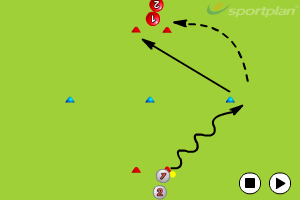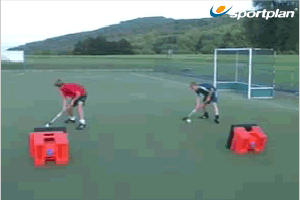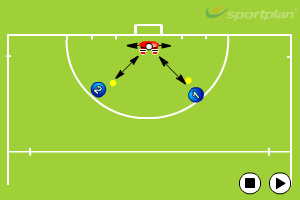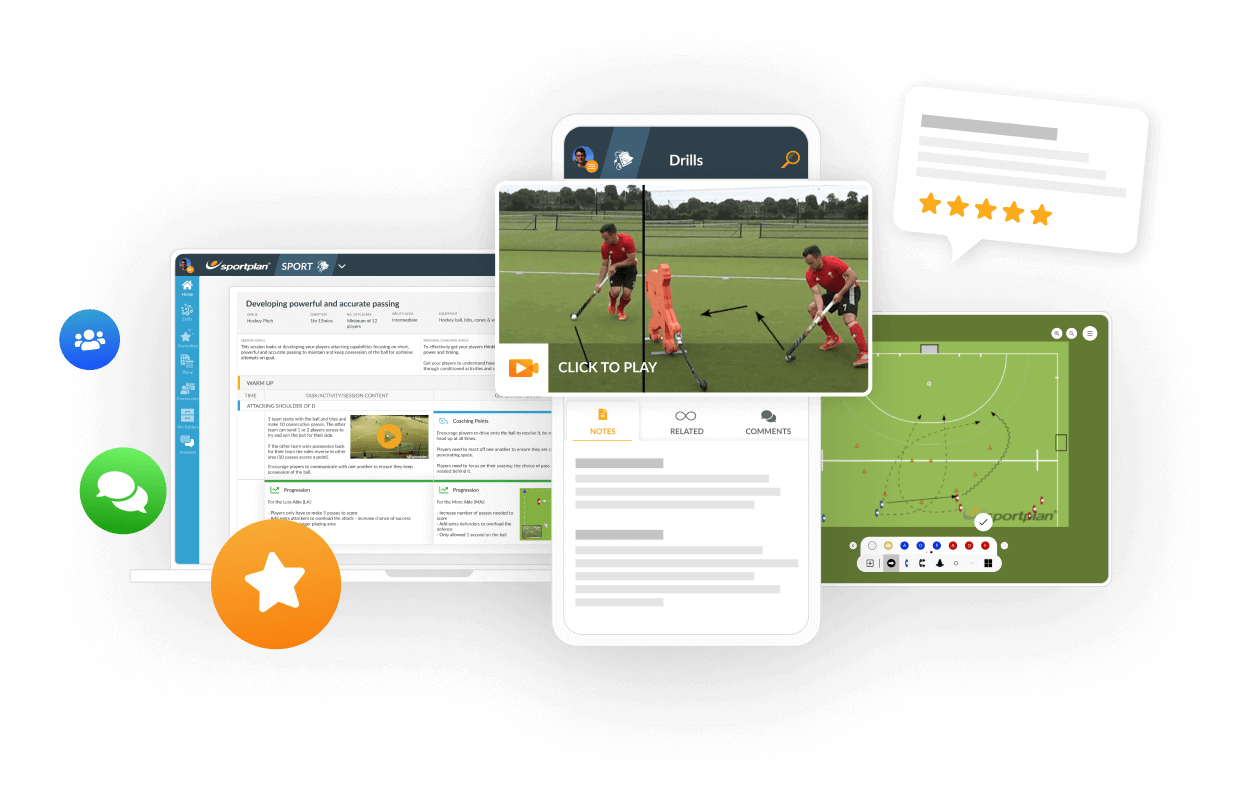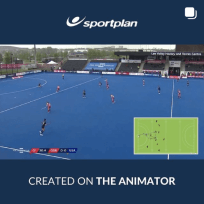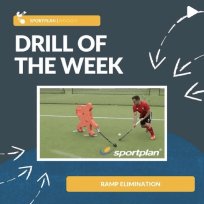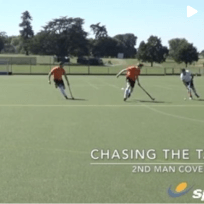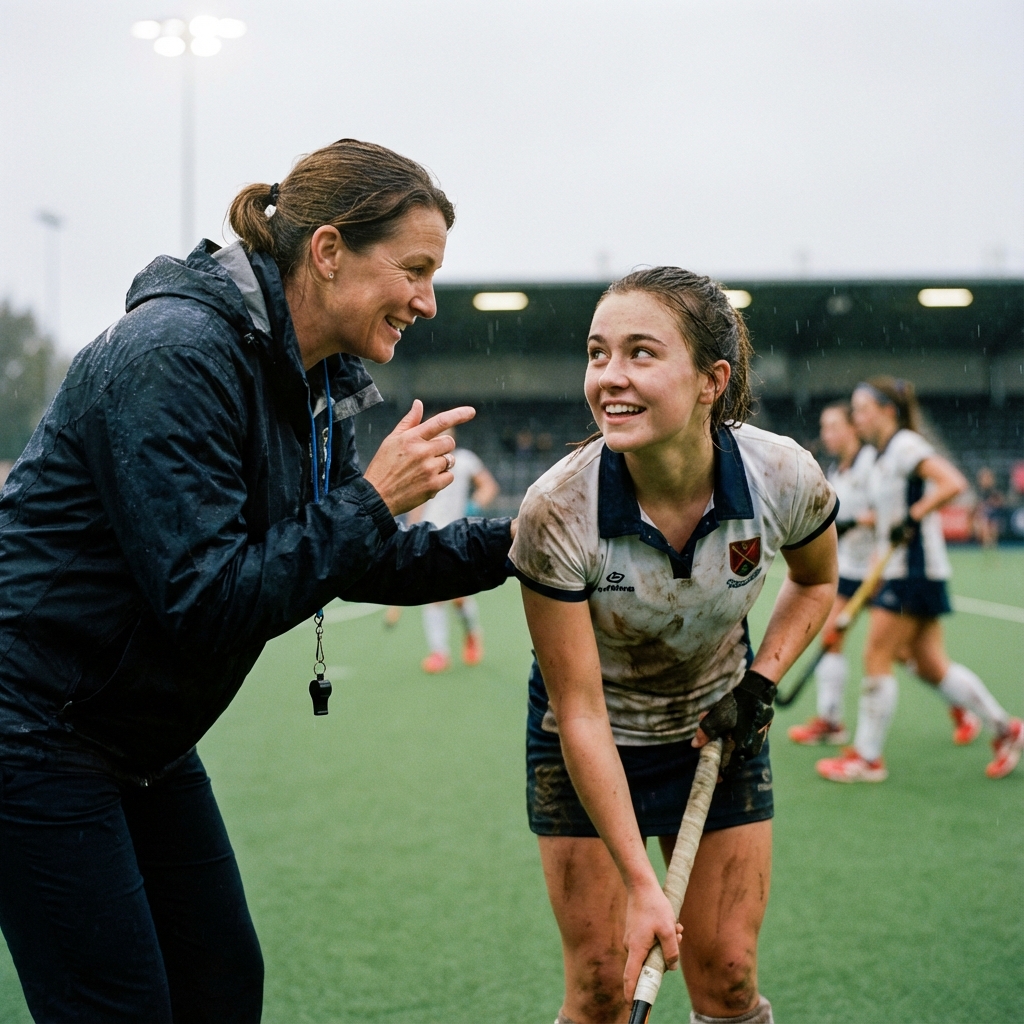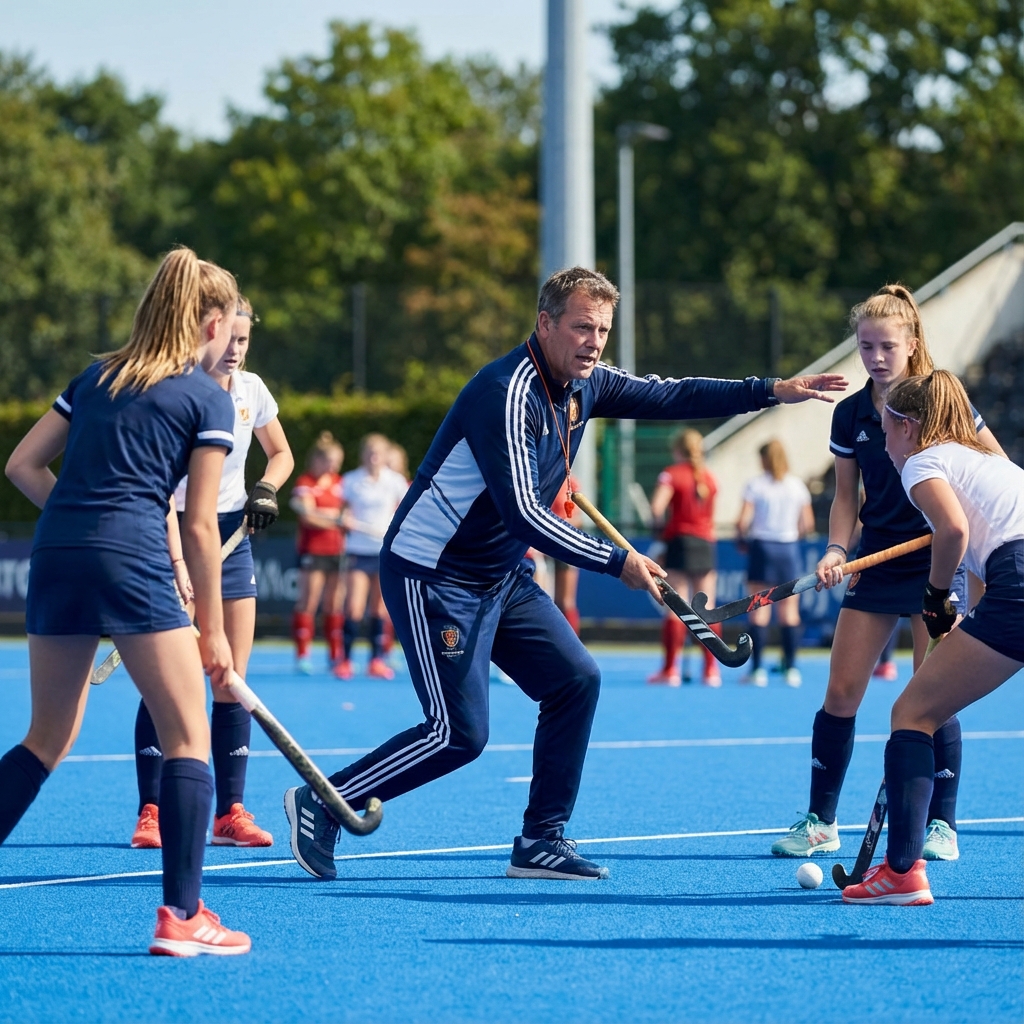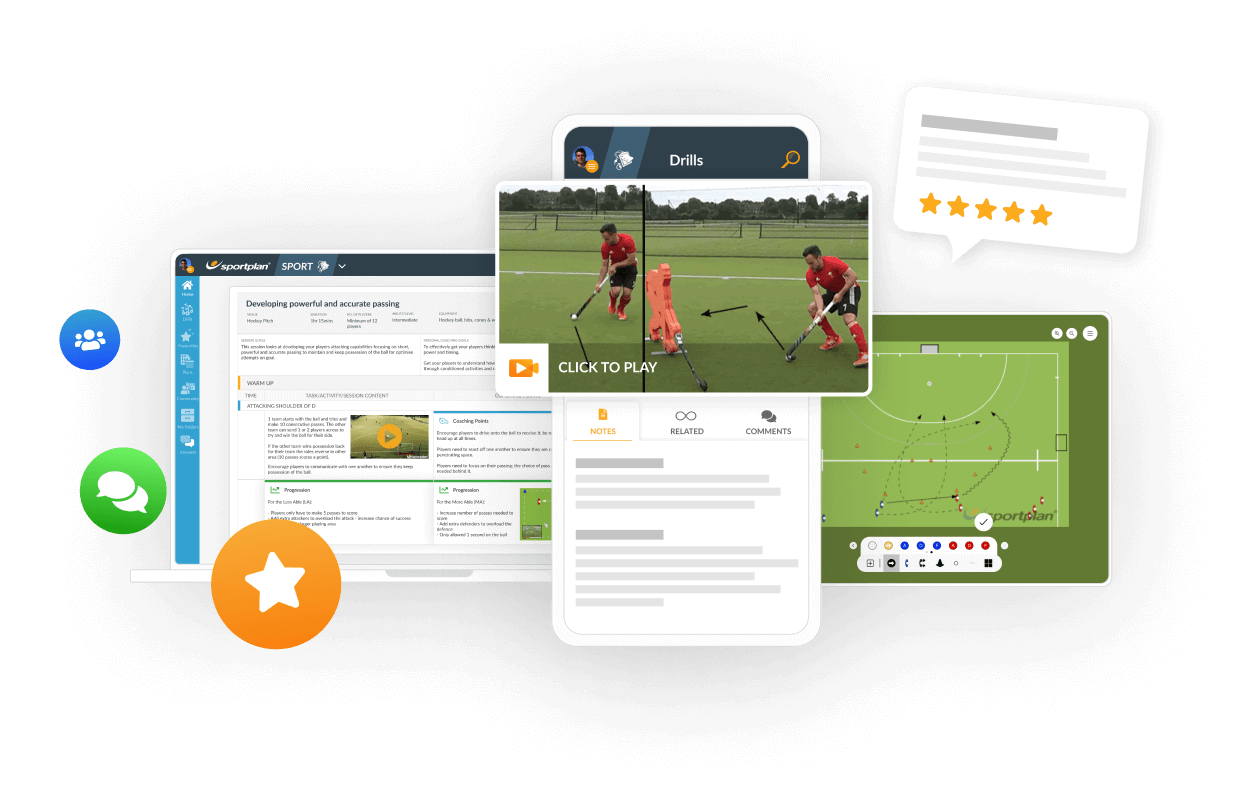England Hockey's "25 in 2025" initiative has been touring the country, bringing two-hour on-pitch workshops to 25 locations. The focus: practical practice ideas that coaches can take straight back to their clubs. Here's a summary of the key concepts being shared.
The Philosophy
The workshops are designed for everyone involved in delivering hockey, from experienced coaches to volunteers just starting out. The emphasis is on fun, engaging sessions that keep players coming back - because player retention depends on the quality of the experience we create.
Each workshop covers arrival activities, carrying and passing progressions, and game-based learning. Participants leave with a bank of ideas they can implement immediately.
Arrival Activities That Work
The first few minutes of any session set the tone. Arrival activities should be:
Self-managing: Players can start without detailed instruction. This lets the coach focus on organisation while early arrivals get active.
Engaging: Not just standing in lines. Movement, decision-making, maybe a competitive element.
Scalable: Works with 2 players or 20. As more arrive, they join seamlessly.
Examples include: grid-based possession games where players can join any team, skill stations with clear visual instructions, and small-sided games that expand as numbers grow.
Carrying and Moving with Purpose
A significant portion of the workshops focuses on ball carrying. The key insight: carrying isn't just about technique, it's about purpose. Why are you carrying? Where are you taking the ball? What's your next action?
Practices progress from technique-focused (head up, ball position, change of pace) to decision-focused (when to carry vs pass, reading space, timing runs with teammates).
The workshops emphasise "game-realistic" carrying - not just running through cones, but carrying with pressure, carrying to eliminate, carrying to create passing angles.
Passing as Communication
The workshops reframe passing as communication between players. A good pass says "here's where I want you to receive." A great pass also says "here's what I want you to do next."
Practices focus on:
- Weight of pass - firm enough to arrive quickly, soft enough to control
- Timing - not too early (intercepted), not too late (receiver can't use it)
- Receiver's next action - passing to the correct foot/side for what follows
Games-Based Learning
Perhaps the biggest takeaway from the workshops is the shift toward games-based learning. Instead of isolated drills, players learn through modified games that naturally develop the required skills.
The coach's role becomes designing games that create the learning outcomes, then facilitating rather than instructing. Questions replace commands: "What did you notice there?" "Why did that work?" "What could you try differently?"
This approach develops players who can problem-solve, adapt, and transfer learning to match situations.
Making Sessions Engaging
The workshops share specific techniques for keeping energy high:
Quick transitions: Minimise time between activities. Have the next game ready before the current one finishes.
Appropriate challenge: Too easy is boring, too hard is frustrating. Find the "just right" level for your group.
Variety within structure: Keep the same game framework but change small elements - scoring methods, playing areas, team compositions.
Player voice: Give players choices. "Do you want to play again or try something new?" This builds ownership.
Video Support
All workshop practices are available on YouTube, allowing coaches to revisit and refine after attending. This resource bank is growing as the roadshow continues.
Who Should Attend?
The workshops are pitched at all levels. Experienced coaches report learning new ideas and getting reinforcement of good practice. New coaches gain confidence and practical tools. The shared experience of learning together builds community within the sport.
If a workshop is coming to your area, it's worth attending. The time investment is small; the return in practical ideas is significant.
Key Coaching Points
- Arrival activities set the tone - make them engaging
- Carrying with purpose, not just technique
- Passing is communication between players
- Games-based learning develops problem-solvers
- Keep sessions varied and appropriately challenging







